Recently, at the Pediatric Heart Department, Cardiovascular Center, E Hospital, there were two more cases of pediatric patients who had percutaneous pulmonary valve replacement after total fallot 4 surgery with severe pulmonary valve regurgitation.
Up to now, the Pediatric Cardiology Department, Cardiovascular Center, E Hospital has successfully performed and deployed the percutaneous pulmonary valve replacement technique for many cases, bringing many practical benefits to many pediatric patients.
 |
| Dr. Tran Dac Dai, Head of Pediatric Cardiology Department, Cardiovascular Center, E Hospital examines a child patient. |
The first case is patient NHV (12 years old, in Luc Ngan district, Bac Giang province), who was diagnosed with congenital heart disease tetralogy of fallot at 4 months old.
After that, the child had the first radical surgery to correct tetralogy of fallot at the Cardiovascular Center, E Hospital in 2013, and his health has improved a lot. However, recently he often had difficulty breathing when exerting himself and was limited in physical activities, so his family took him to the Cardiovascular Center, E Hospital for a re-examination.
Through the results of the echocardiogram and MRI of the child patient, it was shown that the pulmonary valve regurgitation caused blood to flow back from the pulmonary artery to the right ventricle.
According to doctors, this is a common natural progression after surgery to treat tetralogy of fallot. In this patient's case, pulmonary valve replacement was indicated and after consultation, the doctors found that the patient was eligible for percutaneous pulmonary valve replacement.
Mr. NVC (father of patient NHV) said that after being explained about the condition and the reason for choosing the intervention method for his child by the doctors of the Pediatric Cardiology Department, Cardiovascular Center, E Hospital, the family was very reassured because the child did not need to have open surgery and saw the sternum.
Remembering the first surgery, still haunting the whole family's mind, the child had to undergo a very painful open chest surgery and saw through the sternum.
The father could deeply feel his son's pain after the surgery. This time, when he received information that his son could be treated with this new method, he and his family were determined to find a healthy heart for his son, the father added.
Patient NVHP (9 years old, in Vinh Bao district, Vinh Phuc province) is also a case of congenital heart disease tetralogy of fallot and had complete surgery to correct tetralogy of fallot at the age of 2 by open heart surgery.
Recently, the baby was found to have pulmonary artery leakage and then underwent intervention using percutaneous pulmonary valve replacement technique at the Pediatric Cardiology Department, Cardiovascular Center, E Hospital.
Dr. Tran Dac Dai, Head of Pediatric Cardiology Department, Cardiovascular Center, E Hospital explained that tetralogy of Fallot, also known as Fallot 4, is one of the common cyanotic congenital heart diseases.
This is a relatively complex congenital heart disease with 4 types of heart defects: Ventricular septal defect, right ventricular outflow tract obstruction, aortic override, and right ventricular hypertrophy.
These heart defects reduce blood flow to the lungs, bringing oxygen-deficient blood to other organs in the body, causing children to suffer from long-term oxygen deprivation, fatigue, and cyanosis of the skin and mucous membranes... If not monitored and operated on, the natural progression of the disease often leads to increased complications, reduced life expectancy, and even death.
Dr. Tran Dac Dai analyzed the advantages of this technique compared to the traditional open surgery method, in which the patient must undergo a major surgery: prolonged anesthesia, sternum sawing, cardioplegia... and cutting the pulmonary artery trunk, resecting the right ventricular funnel to replace the pulmonary artery conduite, with a high level of invasiveness and high risk of complications.
Percutaneous pulmonary valve replacement technique will help patients avoid major heart surgery (open surgery), help patients recover faster, reduce hospital stay and reduce the risk of complications...
During the intervention, doctors only open the femoral vein and then thread a catheter up the inferior vena cava to the right atrium, down to the right ventricle and up to the pulmonary artery.
Doctors perform procedures to select the appropriate size of pulmonary valve, insert the artificial pulmonary valve through a catheter from the femoral vein to the pulmonary artery and release the pulmonary valve, located in the patient's original pulmonary artery. After that, the artificial valve expands and functions like a normal heart valve.
Dr. Tran Dac Dai shared that based on the medical condition and physical condition of each child, the doctor will prescribe the most appropriate treatment regimen and time for intervention or surgery.
To successfully perform a percutaneous pulmonary valve replacement, the decisive factor depends on the expertise of the surgeon, who must have many years of experience in cardiovascular intervention.
Currently, the Cardiovascular Center, E Hospital is a complete cardiovascular facility including surgery, internal medicine and cardiovascular intervention, anesthesia and resuscitation... with modern, synchronous equipment ensuring examination and treatment of heart, blood vessel and chest diseases for patients.
Therefore, during the process of performing percutaneous pulmonary valve replacement, a cardiovascular surgical team is prepared to respond promptly to handle any complications that may arise.
Dr. Tran Dac Dai affirmed that the method of replacing the pulmonary valve through the skin not only opens a new direction in treatment but also brings hope to patients with pulmonary valve regurgitation after surgery to repair tetralogy of Fallot and similar diseases.
In the coming time, doctors of the Pediatric Cardiology Department will continue to promote the technique of percutaneous pulmonary valve replacement in the treatment of patients, helping more and more patients have access to this advanced method.
However, the cost of performing a percutaneous pulmonary valve replacement is quite high, which is a major barrier that limits the number of patients choosing this technique.
Therefore, doctors recommend that social insurance agencies consider including this technique in health insurance payments so that more and more patients can access and benefit from this advanced technique.
After the intervention, the health of the two children was stable, they could walk the next day, the results of the echocardiogram and electrocardiogram were good. The children have now recovered, no longer have difficulty breathing, no longer feel tired when exerting themselves, have been discharged from the hospital and can return to school and normal activities.
Upon discharge, the families of the two children were advised by pediatric cardiologist about post-operative care and regular check-ups to screen for complications of the disease.
Source: https://baodautu.vn/ky-thuat-moi-giup-tre-mac-tim-bam-sinh-it-dau-don-d224230.html








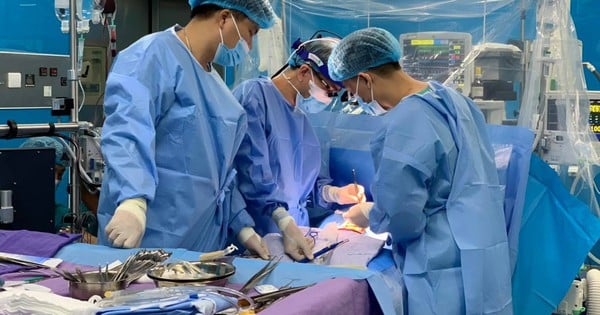





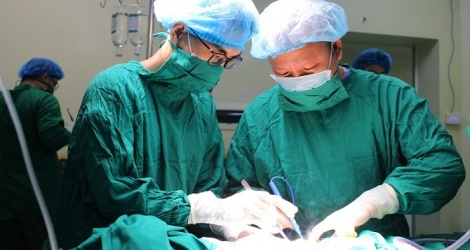

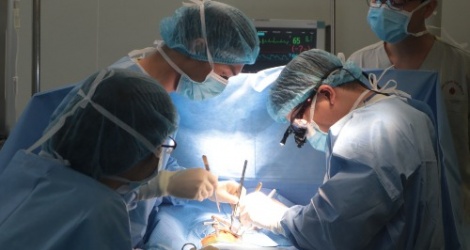
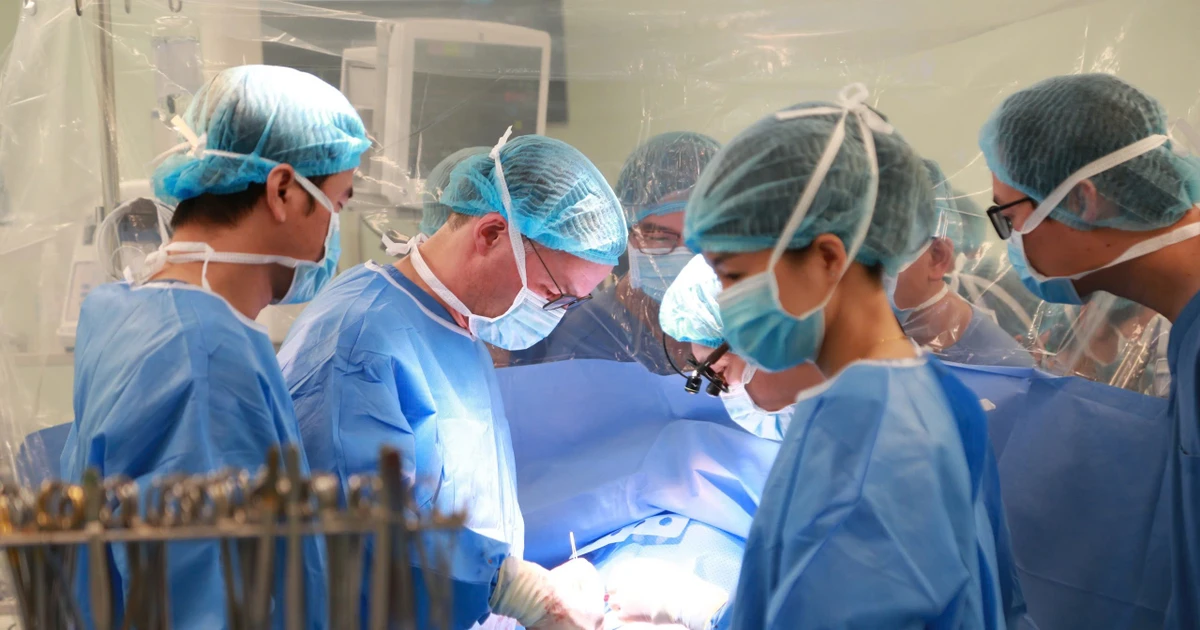
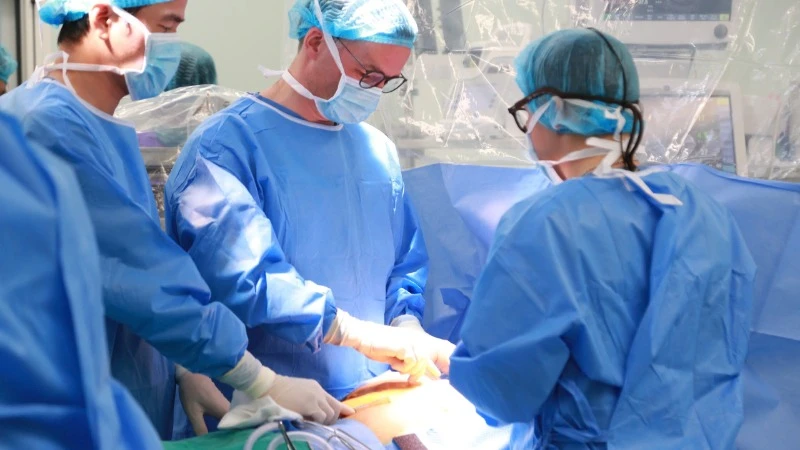
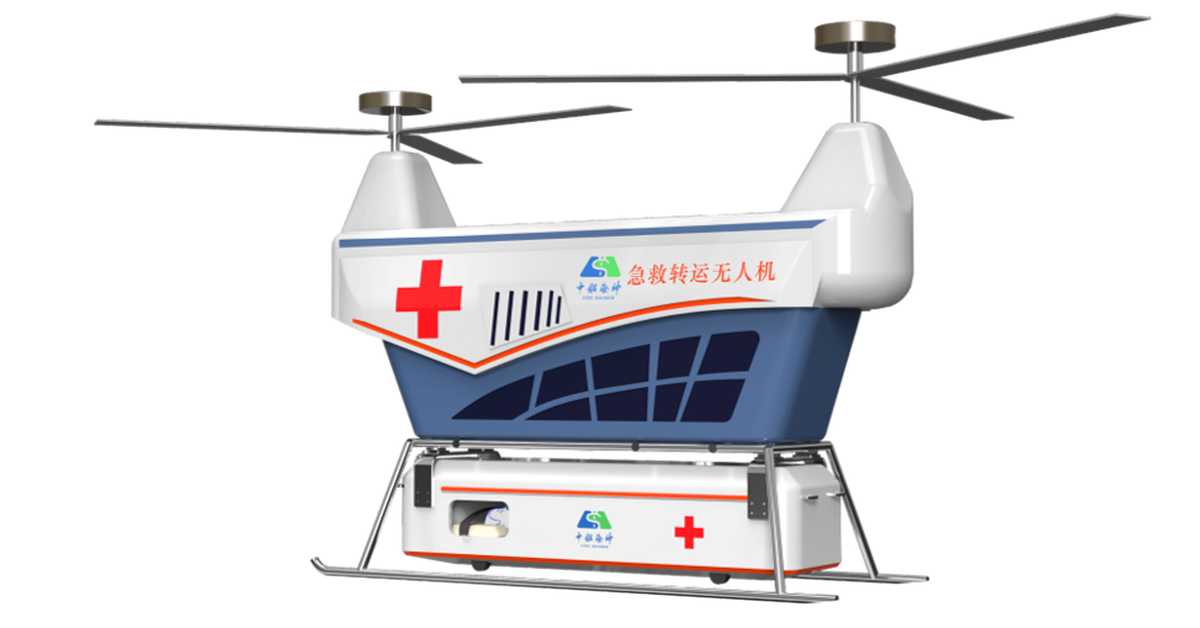
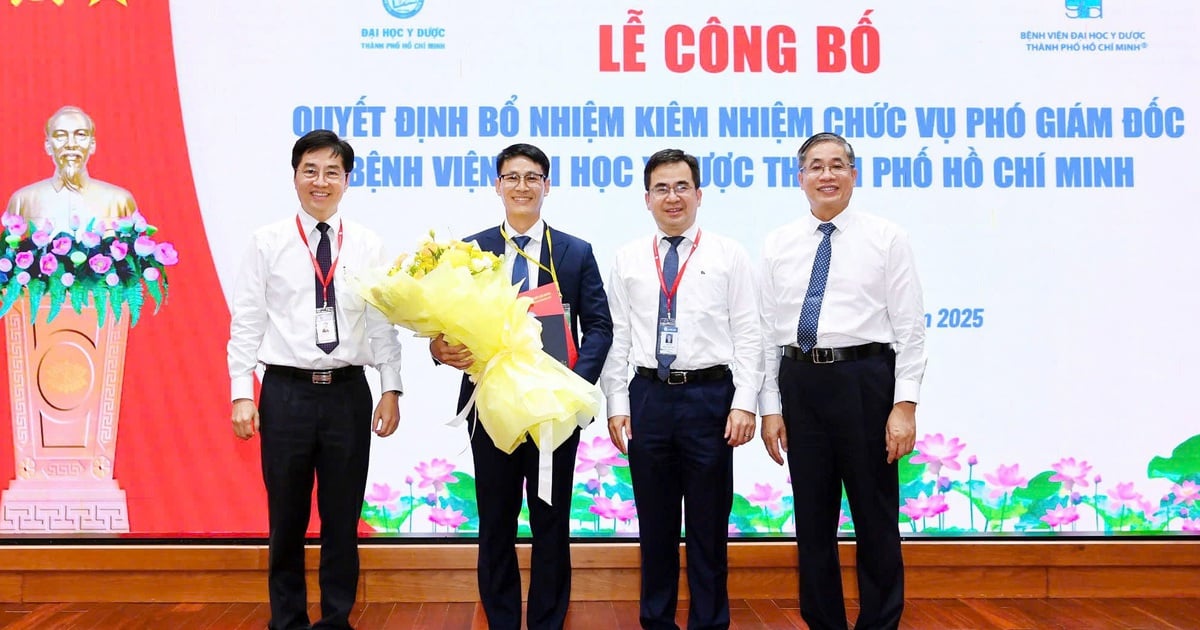
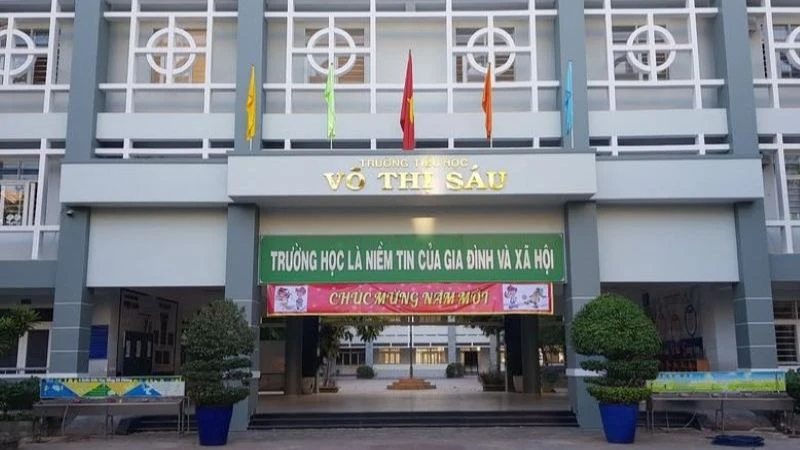



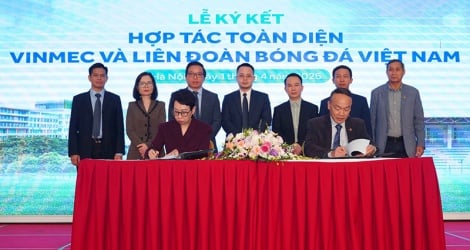






![[Photo] "Beauties" participate in the parade rehearsal at Bien Hoa airport](https://vstatic.vietnam.vn/vietnam/resource/IMAGE/2025/4/11/155502af3384431e918de0e2e585d13a)











































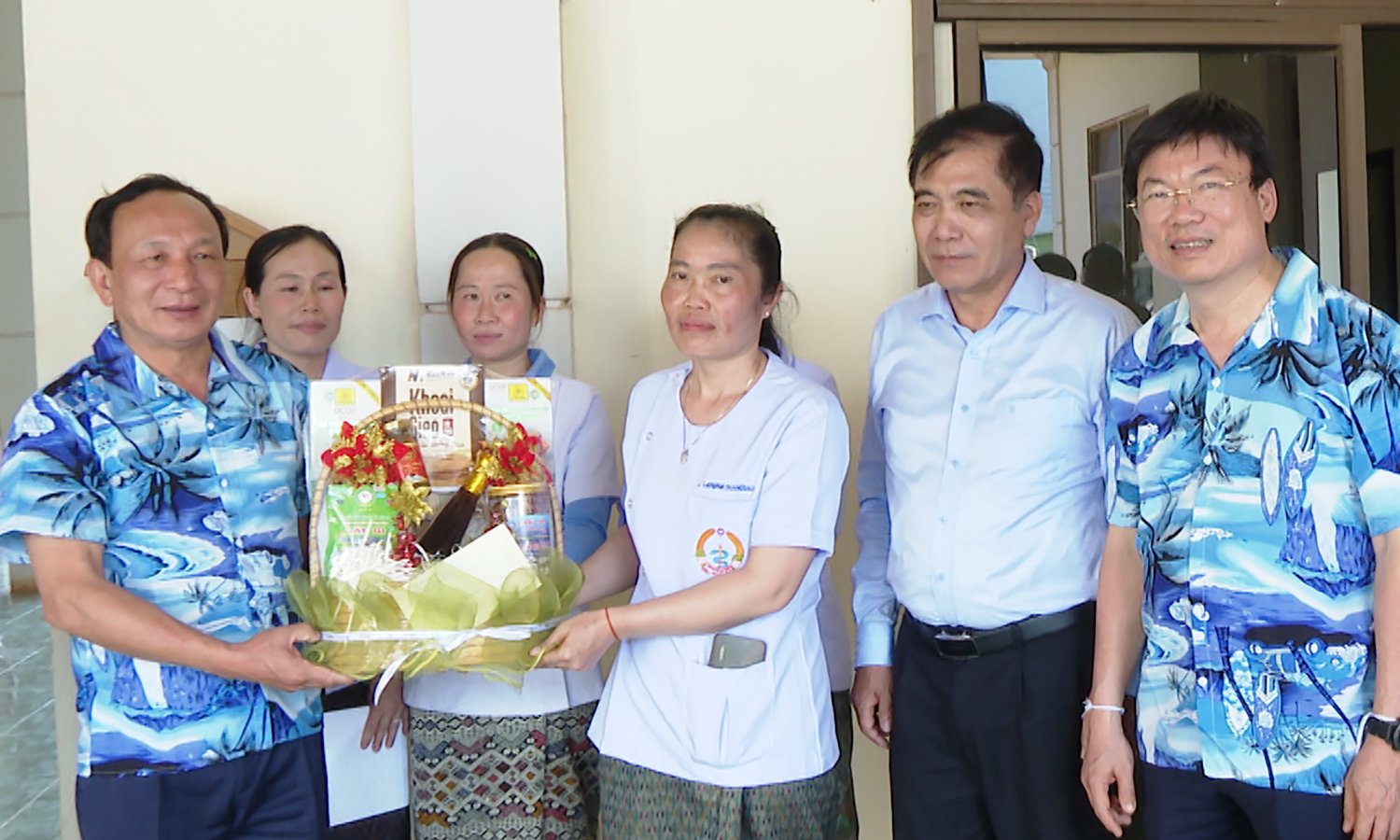






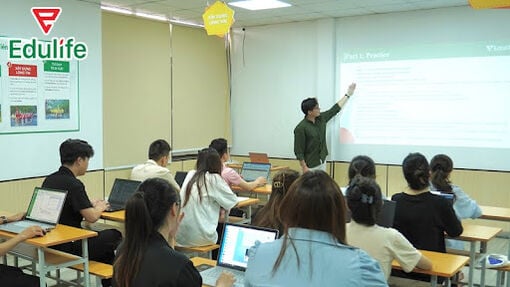












Comment (0)